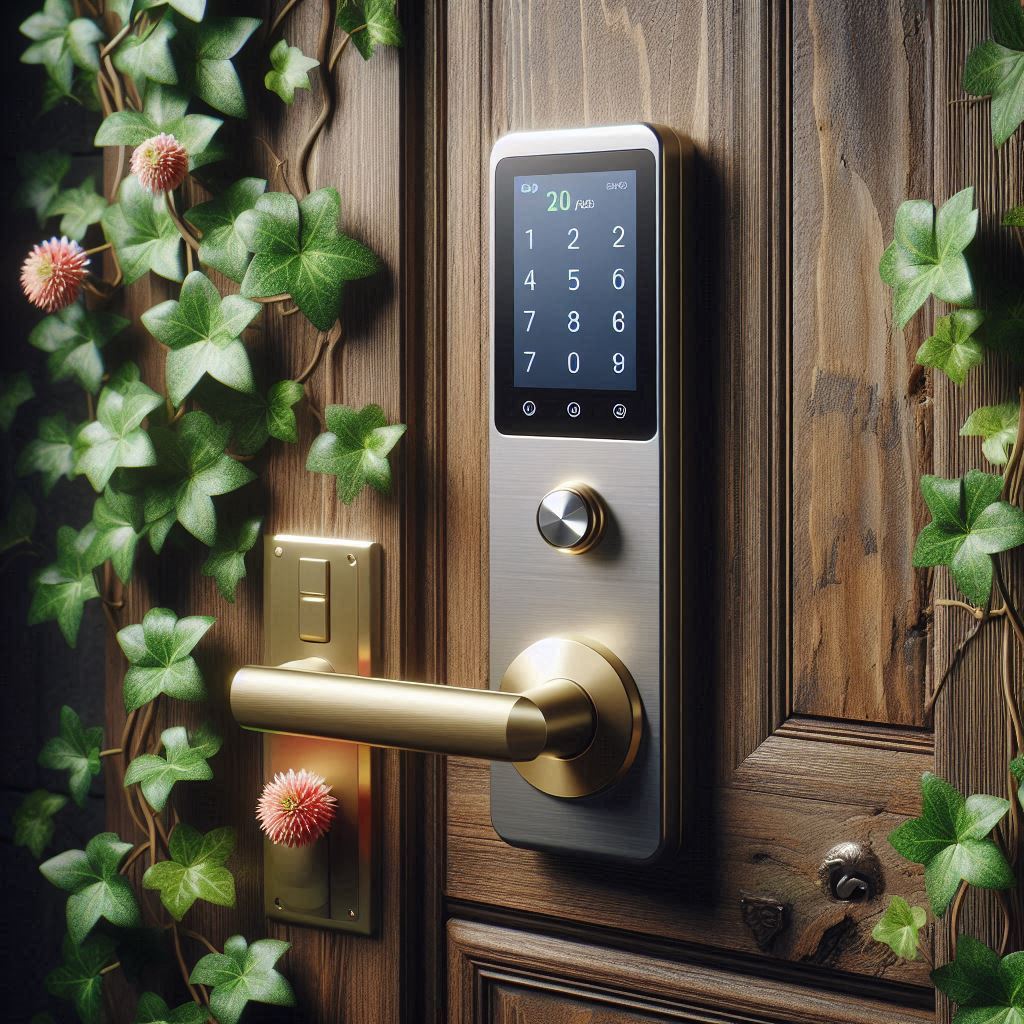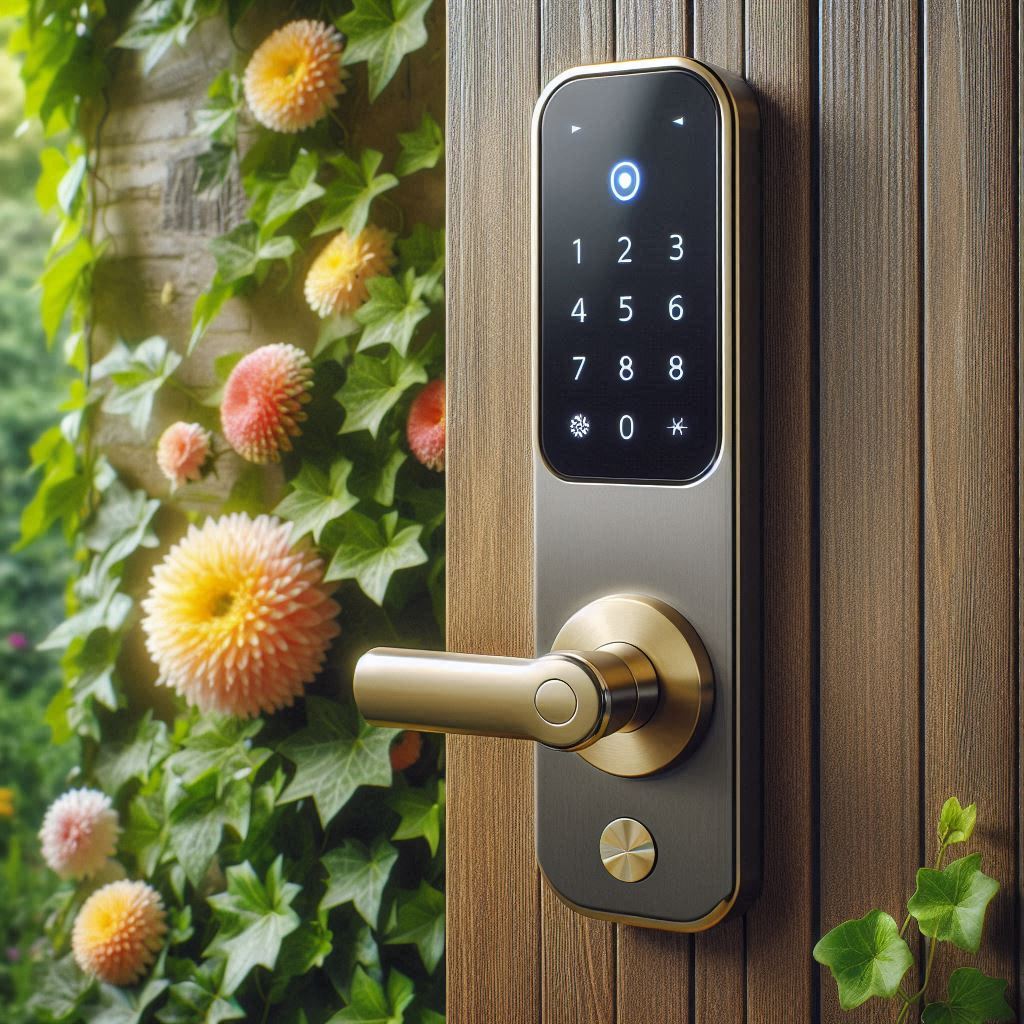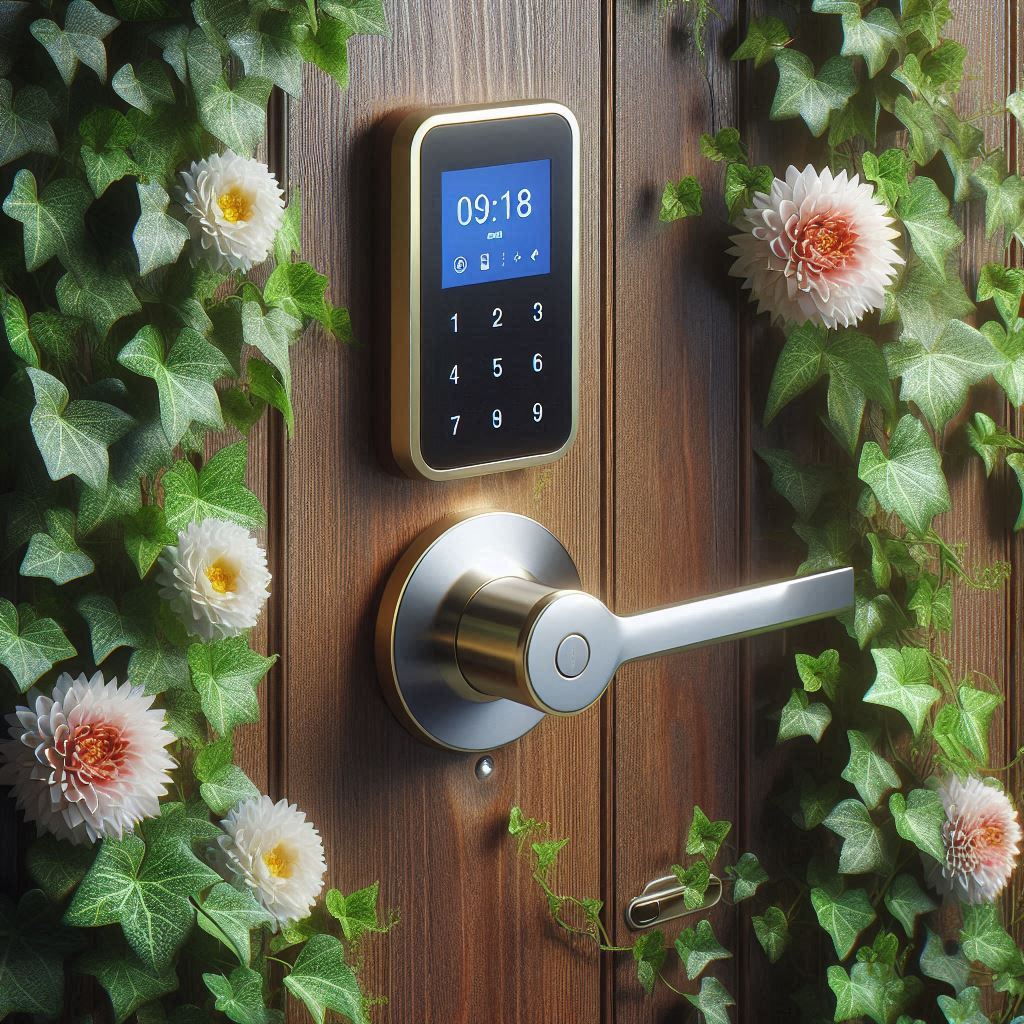The Role of MLCC in Electronic Door Lock

Electronic door locks have revolutionized the way we secure our homes, offices, and other spaces. Unlike traditional mechanical locks, electronic door locks offer advanced security features and convenience, making them increasingly popular in today’s digital age. These locks use electronic components to control access, providing a higher level of security and flexibility compared to traditional locks.
One crucial component in electronic door locks is the Multilayer Ceramic Capacitor (MLCC). MLCCs play a vital role in ensuring the smooth and reliable operation of electronic door locks. They are used for various purposes, such as noise suppression, voltage regulation, and signal filtering, making them essential for the proper functioning of electronic door lock systems.
In this blog, we will explore the significance of MLCCs in electronic door locks, discuss the key factors to consider when selecting MLCCs for these applications, and highlight the benefits of using MLCCs in electronic door locks. Additionally, we will examine real-world examples of how MLCCs have been used in electronic door locks and discuss emerging trends in electronic door lock technology that will impact the future use of MLCCs.

Role of MLCC in Electronic Door Locks
MLCC, or Multilayer Ceramic Capacitors, are fundamental components within electronic door locks, serving critical functions that ensure their reliable and efficient operation. These compact devices play a pivotal role in various aspects of electronic door lock systems, from ensuring stable voltage levels to suppressing electrical noise and filtering signals.
Noise Suppression: One of the key roles of MLCC in electronic door locks is noise suppression. As electronic devices, door locks can be susceptible to electromagnetic interference (EMI) from other electronic devices or external sources. MLCCs help mitigate this interference, ensuring that the electronic components of the door lock function correctly without being affected by external noise.
Voltage Regulation: MLCCs also contribute to voltage regulation within electronic door locks. They help stabilize voltage levels, ensuring that the electronic components receive a consistent and appropriate voltage supply. This is crucial for maintaining the proper functioning of the door lock and preventing damage due to overvoltage or voltage spikes.
Signal Filtering: In addition to noise suppression and voltage regulation, MLCCs are used for signal filtering in electronic door locks. They help filter out unwanted signals or noise from the electrical circuits, ensuring that only the intended signals pass through. This is essential for maintaining the integrity and security of the communication signals within the door lock system.
Benefits of MLCC in Electronic Door Locks
Multilayer Ceramic Capacitors (MLCC) offer several key benefits when used in electronic door locks, contributing to their reliability, performance, and longevity. Here are some of the primary advantages of using MLCC in electronic door locks:
Noise Suppression: MLCCs help suppress electrical noise in electronic door locks, ensuring that the lock functions correctly without interference from external sources. This helps improve the overall reliability and performance of the door lock system.
Voltage Regulation: MLCCs contribute to voltage regulation in electronic door locks, helping stabilize voltage levels and prevent damage due to overvoltage or voltage spikes. This is crucial for maintaining the proper functioning of the door lock and prolonging its lifespan.
Signal Filtering: MLCCs are used for signal filtering in electronic door locks, helping filter out unwanted signals or noise from the electrical circuits. This ensures that only the intended signals pass through, maintaining the integrity and security of the communication signals within the door lock system.
Compact Size: MLCCs are compact and lightweight, making them ideal for use in electronic door locks where space is limited. Their small size allows for more flexible design options and easier integration into door lock systems.
High Capacitance: MLCCs offer high capacitance values in a small package, allowing them to store and release energy efficiently. This is beneficial for electronic door locks, which require quick and reliable energy storage and release for optimal performance.
Wide Temperature Range: MLCCs can operate reliably over a wide temperature range, making them suitable for use in electronic door locks that may be exposed to varying environmental conditions.
Cost-Effectiveness: MLCCs are cost-effective compared to other types of capacitors, making them an economical choice for electronic door lock manufacturers.
Overall, the use of MLCCs in electronic door locks provides several key benefits that contribute to the overall reliability, performance, and longevity of the lock system. Their compact size, high capacitance, wide temperature range, and cost-effectiveness make them an ideal choice for electronic door lock applications.
Common Issues and Solutions in Using MLCC for Electronic Door Locks
While Multilayer Ceramic Capacitors (MLCC) offer many benefits for electronic door locks, there are some common issues that designers and manufacturers may encounter. Understanding these issues and their solutions can help ensure the optimal performance and reliability of electronic door lock systems:
Cracking: One common issue with MLCCs is cracking, which can occur due to mechanical stress or thermal cycling. To prevent cracking, designers should select MLCCs with appropriate mechanical strength and consider using soft termination materials.
Capacitance Loss: MLCCs can experience capacitance loss over time, especially at high temperatures or high frequencies. Designers should carefully consider the operating conditions and select MLCCs with stable capacitance characteristics.
Voltage Derating: MLCCs have a maximum rated voltage, and exceeding this voltage can lead to failure. Designers should derate the voltage to ensure that the MLCC operates within its specified limits.
Temperature Dependence: The capacitance of MLCCs can vary with temperature, which can affect the performance of electronic door locks. Designers should consider the temperature coefficient of the MLCC and its impact on the overall system performance.
Signal Integrity: High-frequency signals in electronic door locks can be affected by the parasitic effects of MLCCs, such as inductance and resistance. Designers should carefully layout the PCB and minimize the length of traces to reduce these effects.
Component Sourcing: Sourcing MLCCs can be challenging due to supply chain issues and lead times. Designers should work closely with suppliers to ensure a stable supply of MLCCs for their electronic door lock systems.
By addressing these common issues and implementing the appropriate solutions, designers and manufacturers can ensure the reliable operation of electronic door lock systems using MLCCs.

Tips for Designing with MLCC in Electronic Door Locks
Designing electronic door locks with Multilayer Ceramic Capacitors (MLCC) requires careful consideration to ensure optimal performance and reliability. Here are some tips for designing with MLCC in electronic door locks:
Capacitance Selection: Choose MLCCs with capacitance values that meet the specific requirements of your electronic door lock system. Consider factors such as power requirements and noise filtering capability when selecting capacitance values.
Voltage Rating: Select MLCCs with voltage ratings that exceed the maximum voltage levels expected in your electronic door lock system. This helps prevent damage due to overvoltage or voltage spikes.
Temperature Considerations: MLCCs can be sensitive to temperature changes, so consider the operating temperature range of your electronic door lock system when selecting MLCCs. Choose MLCCs with temperature coefficients that suit your application.
Layout and Placement: Proper layout and placement of MLCCs on the PCB are crucial for optimal performance. Place MLCCs as close to the components they are filtering or decoupling as possible to minimize parasitic effects.
Avoiding Mechanical Stress: MLCCs are sensitive to mechanical stress, which can lead to cracking. Avoid placing mechanical stress on MLCCs during assembly and operation.
Consider Soft Termination: Soft termination materials can help reduce the risk of cracking in MLCCs due to mechanical stress. Consider using MLCCs with soft termination materials for improved reliability.
Consider ESD Protection: Electronic door locks can be susceptible to electrostatic discharge (ESD). Consider incorporating ESD protection measures in your design to protect MLCCs and other components from ESD damage.
Consult with Manufacturers: Consult with MLCC manufacturers for guidance on selecting the right MLCCs for your electronic door lock application. Manufacturers can provide valuable insights into the performance and reliability of different MLCCs.
By following these tips, you can design electronic door locks with MLCCs that offer optimal performance, reliability, and longevity.
